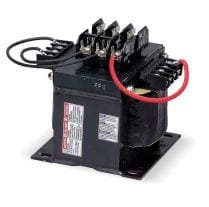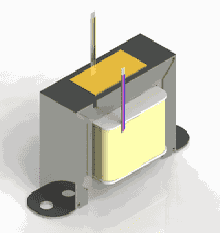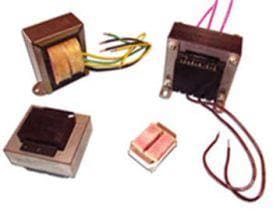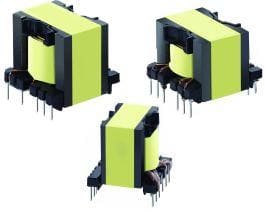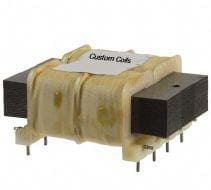Step-up and step-down transformers are well-known for changing the AC voltage supply to power various types of industrial and residential electric appliances.
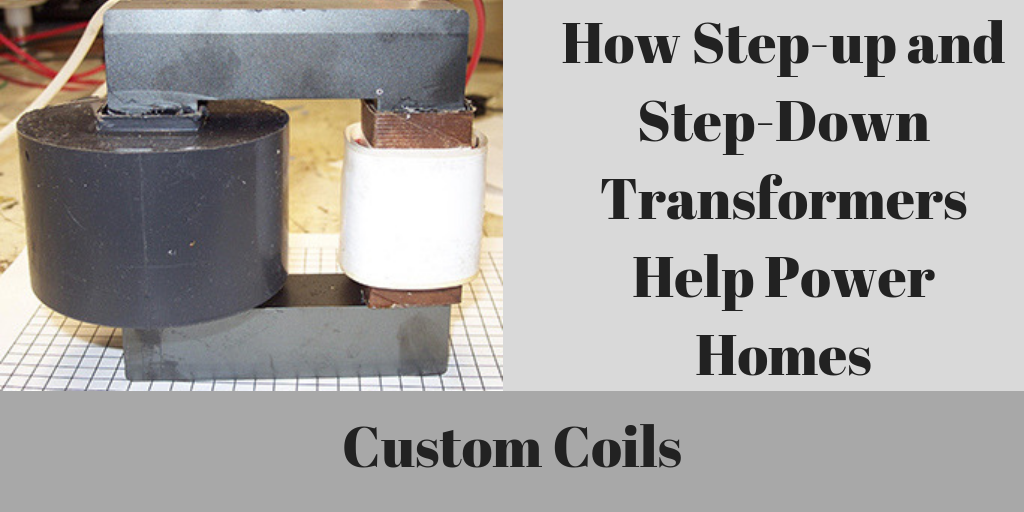 Step-up transformers can be used for components like CRT flybacks and fluorescent light starter coils. Step-down transformers are used for appliances like stereos, CD players, and mobile phone adapters. However, did you know that both transformer types are used on a daily basis to power homes around the country? This blog post provides information about this particular application.
Step-up transformers can be used for components like CRT flybacks and fluorescent light starter coils. Step-down transformers are used for appliances like stereos, CD players, and mobile phone adapters. However, did you know that both transformer types are used on a daily basis to power homes around the country? This blog post provides information about this particular application.
How does the National Grid Generate and Transmit Electricity?
Generally, power stations burn fuels to create electricity. When a current flows through a wire, the primary source of energy loss is heat. High currents lead to high consumption of energy. For this reason, to reduce these energy losses, the national grid always transmits electricity at a very low currents and very high voltages.
Typically, power stations produce electricity at an average of 25,000V, which needs to be sent across the country via cables. However, the electricity must be sent at high voltages ranging from 275,000V to 132,000V. This huge jump in voltage reduces energy losses during power transmission. Step-up/down transformers are used to produce the voltage as well as reduce energy loss during the power transmission stage.
How Step Up/ Down Transformers Support the National Grid
Step-up transformers are used in central power stations. They allow the stations to increase the voltage to the necessary level to produce electricity. The electricity is then transmitted through power lines. However, high voltages are very dangerous for commercial or residential use. When the voltage reaches the local power stations, step-down transformers are used to reduce the voltage to safe levels. The electricity is then provided to industrial, residential, and commercial areas.
Step up/ down transformers are essential in the creation and maintenance of voltages to provide electricity. They also ensure that electricity is easily provided to the masses, and is safe to use.

